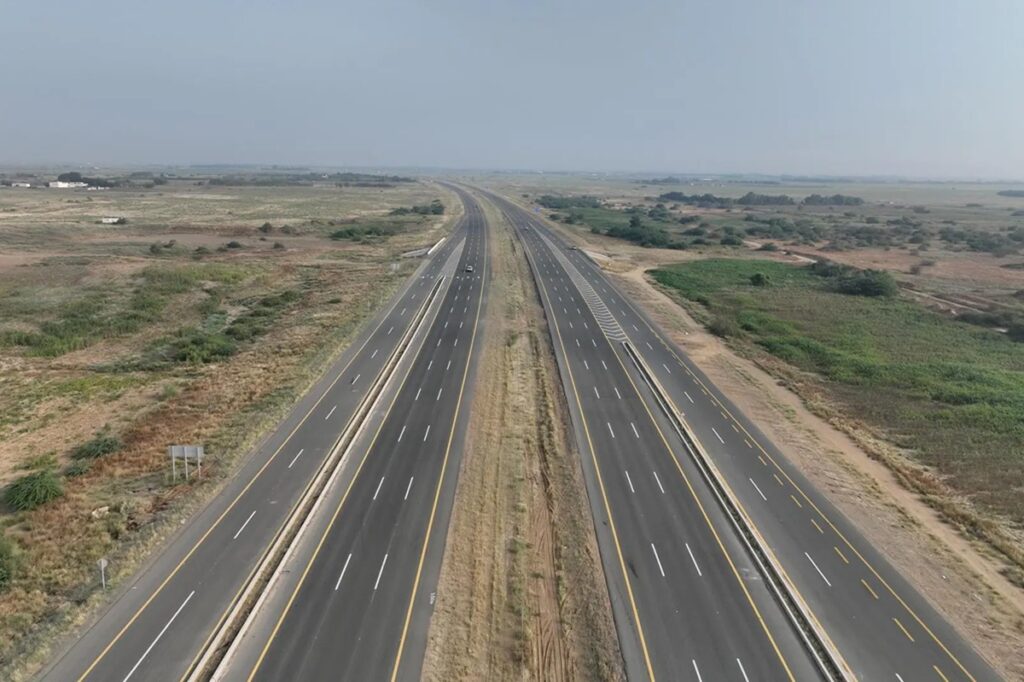The initiative aims to boost road safety, improve urban mobility, and ensure infrastructure readiness for future technologies, including autonomous vehicles.
The newly issued code is part of the Kingdom’s broader efforts to enhance quality of life and modernize its transport network as outlined in Vision 2030.
Saudi Road Code roadways key types
- Highways: High-speed routes with full access control, no direct intersections, and no traffic signals—connecting cities and governorates
- Arterial Roads: Major roads within cities designed to handle high traffic volumes, equipped with controlled intersections and signals
- Collector Roads: Connect residential areas to main arterial routes, channelling local traffic efficiently
- Local Roads: Low-speed roads serving neighbourhoods and commercial areas with light traffic and an emphasis on safety
The RGA described the code as a comprehensive technical reference for all government entities involved in planning, building, operating, and maintaining roads. This includes ministries, municipalities, city development authorities, and governorates.

In addition to defining road categories, the code provides detailed technical guidance, including:
- Planning and design protocols
- Operational and maintenance procedures
- Environmental considerations
- Safety and sustainability standards
- Compatibility with autonomous vehicle infrastructure
- Technical drawings, checklists, and performance benchmarks
By implementing this unified standard, Saudi Arabia is taking a significant step toward creating a safer, more efficient, and future-ready road network, aligned with its national development goals.

